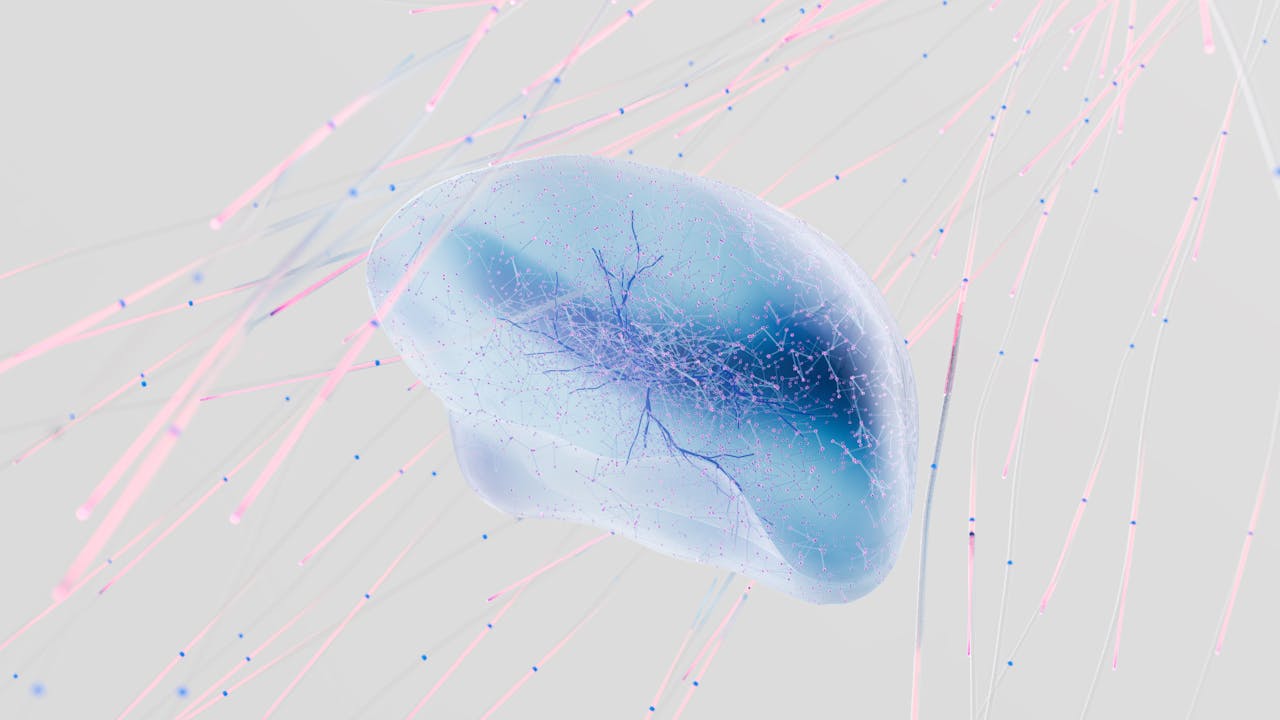Physical Wellness
New Guidelines For The Treatment Of Pediatric Hydrocephalus
Researchers have published a supplement that offers a thorough evaluation of the current treatments for pediatric hydrocephalus as well as updated evidence based recommendations for their use.
In hydrocephalus, there is an excessive amount of cerebrospinal fluid (CSF) in chambers of the brain known as ventricles. It is caused by an imbalance between the production and absorption of CSF.
"Pediatric hydrocephalus is the most common surgically correctable neurological problem in infants, children, and adolescents," authors of the supplement said in the press release. If left uncorrected, the accumulation of CSF can exert pressure on critical brain structures, causing the patient to experience cognitive, visual, motor deficits, seizures, or even death.
"Current treatment methods are insufficient, and there is currently little agreement on the 'best' treatment, even among leading practitioners," the authors added.
Describing the basis of their recommendations in Part 1, the researchers said: "Demonstrating the highest degree of clinical certainty, Class I evidence is used to support recommendations of the strongest type, defined as Level I recommendations. Level II recommendations reflect a moderate degree of clinical certainty and are supported by Class II evidence or a strong consensus of Class III evidence. Level III recommendations denote clinical uncertainty, which is supported by inconclusive or conflicting evidence or expert opinion."
The supplement will be published with the November issue of Journal of Neurosurgery: Pediatric.









Join the Conversation